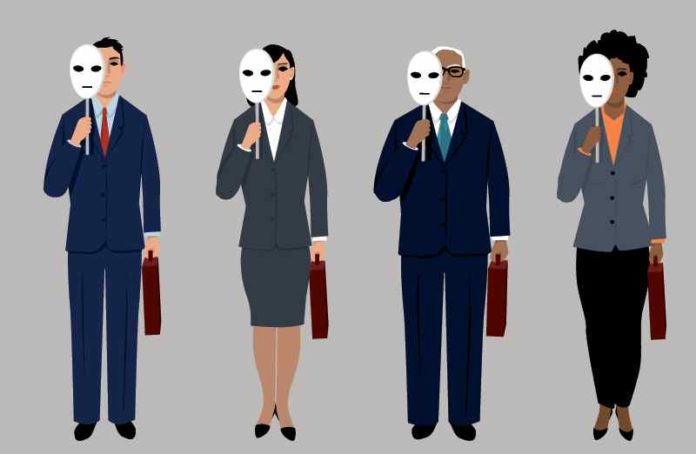Even though there’s still a ways to go, a growing number of small businesses are working to build more inclusive and diverse workforces. That’s because they’re recognizing the vast benefits that come with workforce diversity. Namely, that hiring employees with varied backgrounds and viewpoints can approach problems from different angles, introduce fresh ideas and bring out-of-the-box thinking to the table – all of which can lead to innovation and profitability. In fact, a McKinsey study shows that companies with more culturally and ethnically diverse executive teams were 33% more likely to see better-than-average profit.
Businesses looking to develop a more diverse and well-rounded often need to look no further than the hiring process, which is where bias and discrimination can easily slip in. The truth is that most of us aren’t even aware of our unconscious biases – particularly those outside of the glaring ones such as gender, race, age and disability. Often times, in a quest to hire people who seem like a cultural fit, we tend to gravitate to those who “look” like us, and that results in uniformity over diversity.
If you can become cognizant of all the biases that enter the decision-making process when hiring, you can begin to overcome them. Here are three that often receive less scrutiny, but can be equally detrimental.
Title bias
One of the more prevalent types of bias in hiring, and one that’s often overlooked, is title bias. Basing hiring decisions on previous titles tends to screen people out and not in to a position. Companies can remove a lot of this traditional hiring bias by assessing candidates based on skills, rather than the titles they held in their previous employment.
In looking at titles, someone may not appear at face value to align with the position, but if you start getting under the surface, you will likely find they gained skills A, B and C in their last job, and the amalgamation of those actually make them a qualified candidate. With skills, people realize more jobs apply to them, and employers realize their talent pool is bigger than imagined.
Peer bias
Especially in a smaller business, it’s common to have others interview or at least meet with a candidate in a quest to amass different perspectives. Each interviewer usually brings their own set of questions to pose, but also – often subliminally – their own objective. As the interview unfolds, some may view the candidate in a competitive light and give negative feedback to the hiring manager that’s not necessarily representative of the candidate and their qualifications. Or, on the flip side, the peers could have a personal connection to the person – perhaps they went to the same school or like the same sports teams – and that could subconsciously sway their opinion, even though it’s not based on job-candidate fit.
It’s best to not put too much weight on the opinions of the candidate’s peers in the hiring process or, better yet, to develop sets of standardized questions, free of all apparent bias, that each interviewer should ask.
Beauty bias
Beauty bias is another one that comes up in hiring and can be difficult to combat. A 2017 study found hiring managers are hesitant to hire conventionally beautiful people for less desirable jobs. It’s not only an example of workplace discrimination, but it also reinforces the fact that people are human, and are sometimes incapable of recognizing and addressing their biases. These types of prejudgments mean the right people aren’t placed into the right roles, which can have reverberating effects on a company’s overall talent management strategy.
It can also be detrimental to the employee because it boxes them out of a job that they want and are qualified for.
In a perfect world, decisions should boil down to whether a person’s skillset and previous performance matches up to the job requirements. Technologies are developing that fully automate the hiring process and ignoring these biases, but they are not yet widespread. Having an awareness and being proactive in instituting astute hiring practices is a good first step.
As president and CEO of tilr, Carisa Miklusak drives the company’s strategic vision and day-to-day execution. She has a relentless passion for the new workforce marketplace, and for innovative and sustainable solutions to power it.
Hiring stock photo by Aleutie/Shutterstock







